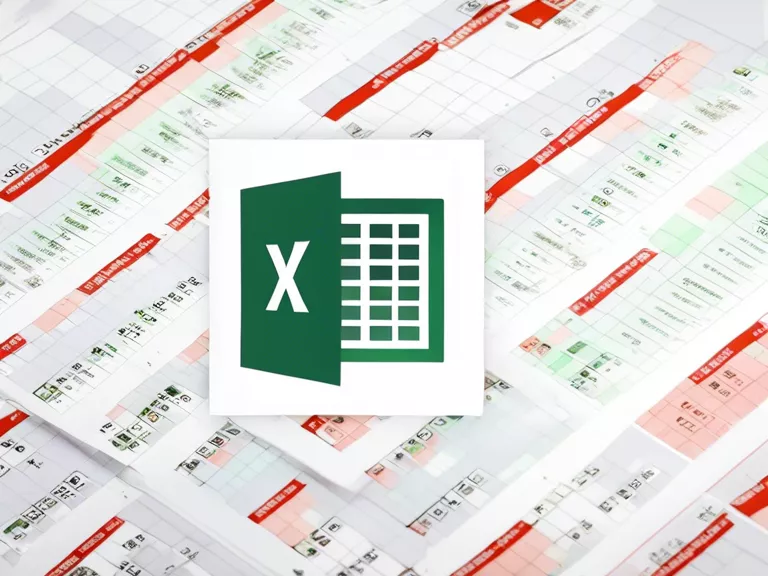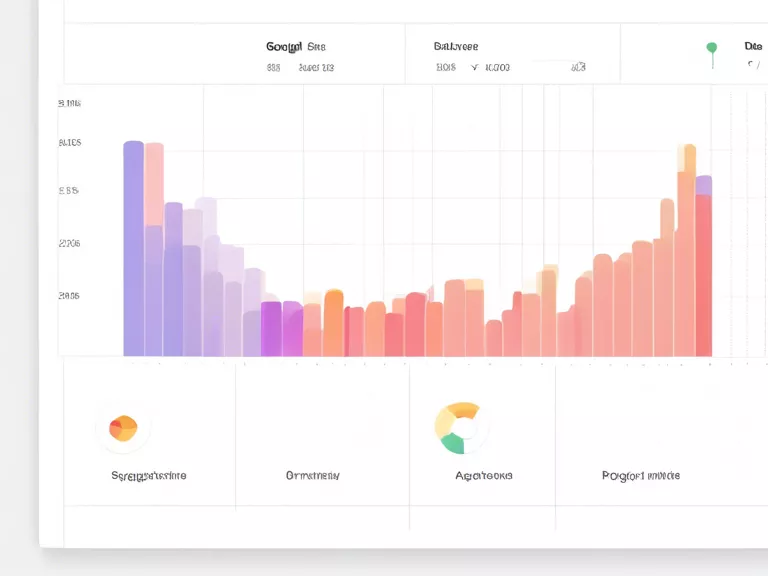
Beginner's Guide to Mastering Conditional Formatting in Excel
Conditional formatting is a powerful feature in Excel that allows you to apply specific formatting to cells based on certain conditions or criteria. Whether you're a beginner or an experienced user, mastering conditional formatting can help you analyze and visualize your data in a more efficient way. Here's a beginner's guide to help you get started with conditional formatting in Excel.
Step 1: Select the Range of Cells
The first step in applying conditional formatting is to select the range of cells that you want to format. You can select a single cell, a range of cells, or an entire column or row.
Step 2: Apply Conditional Formatting Rules
Once you've selected the range of cells, go to the Home tab on the Excel ribbon and click on the Conditional Formatting option. From there, you can choose from a variety of preset formatting rules, such as highlighting cells that contain specific text, dates, or values.
Step 3: Customize Formatting Rules
If you don't find a preset rule that fits your needs, you can also create custom formatting rules. Simply select "New Rule" from the Conditional Formatting menu and define the criteria for the formatting rule.
Step 4: Manage Conditional Formatting Rules
To view and manage all the conditional formatting rules applied to a worksheet, go to the Conditional Formatting Rules Manager. From there, you can edit, delete, or prioritize the rules as needed.
Step 5: Experiment and Practice
The best way to master conditional formatting in Excel is to experiment with different formatting rules and practice applying them to your data. Don't be afraid to try out different combinations and see what works best for your specific needs.
By following these steps and practicing regularly, you'll soon become a master of conditional formatting in Excel and be able to use this feature to enhance your data analysis and visualization skills.



